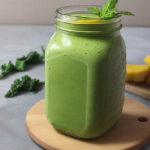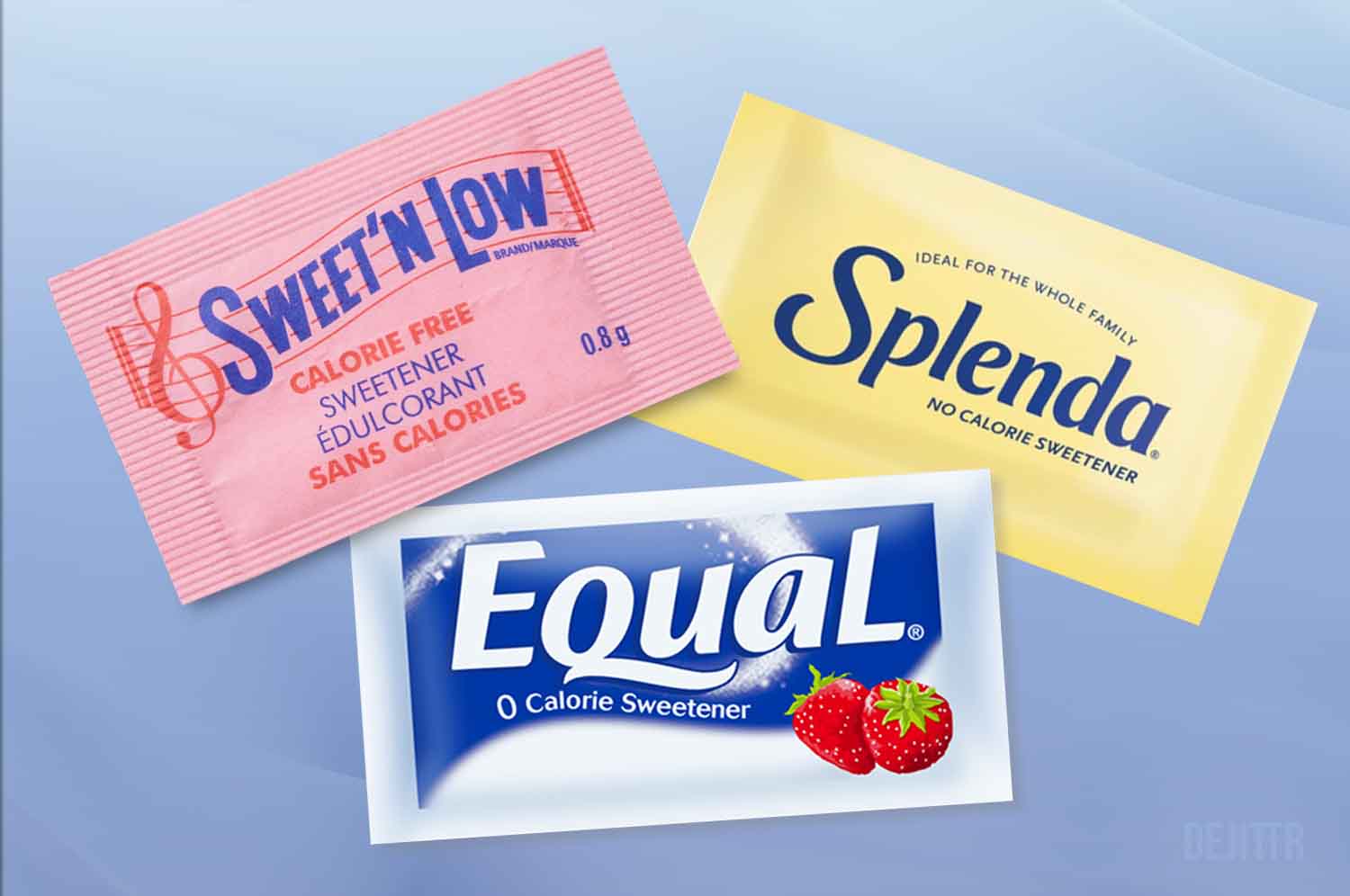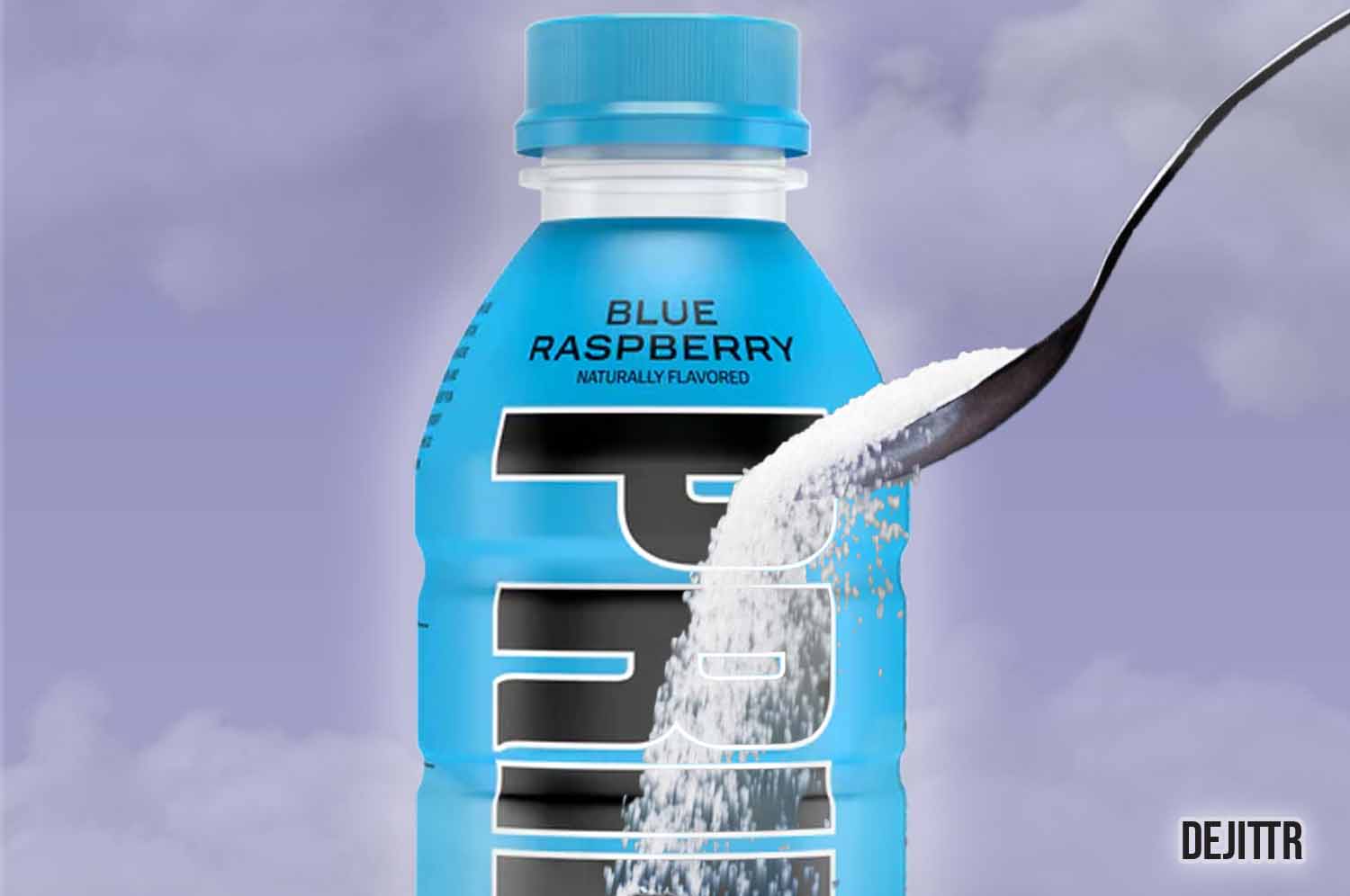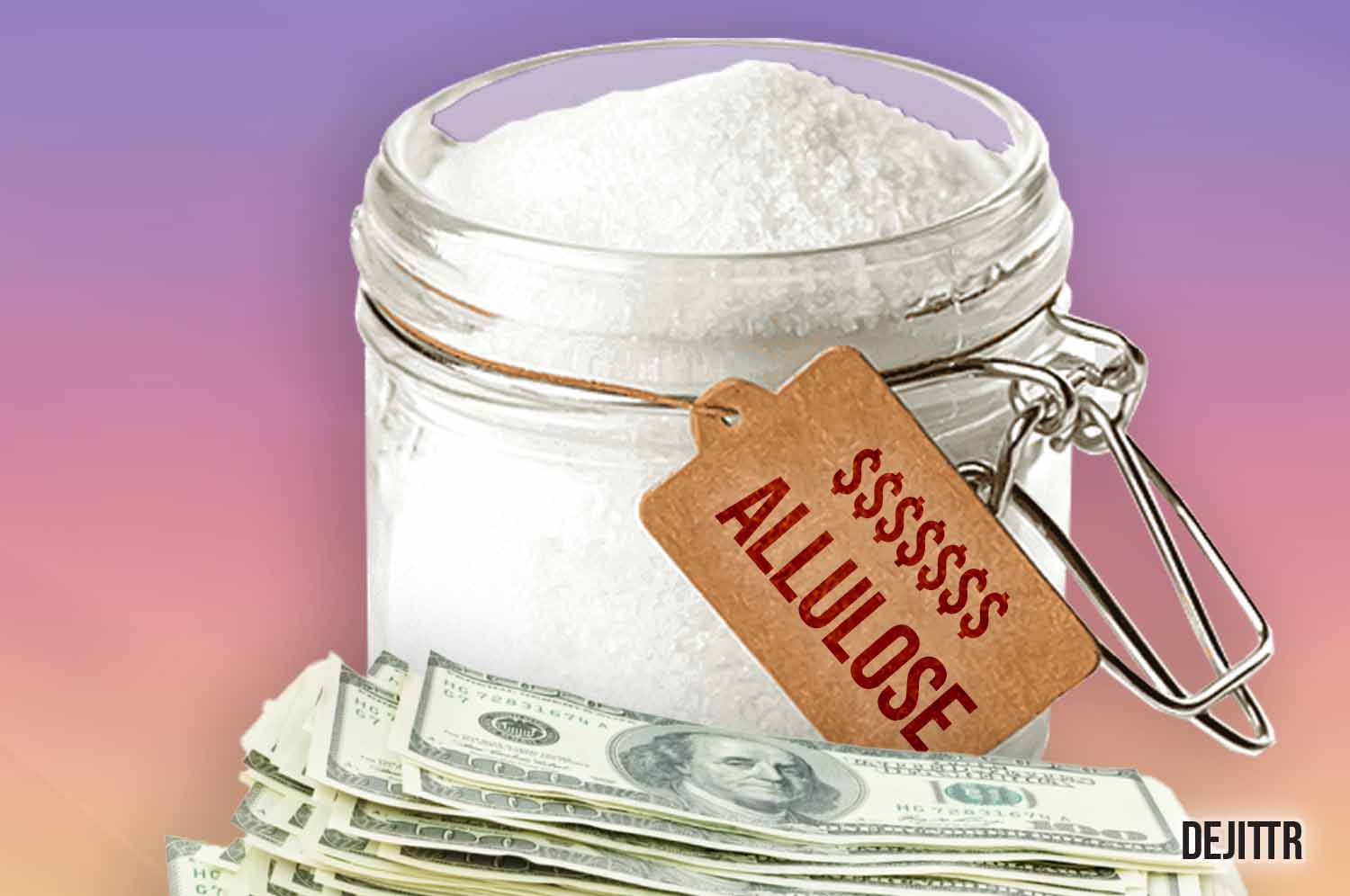Artificial sweeteners are chemical products used to sweeten foods and beverages. In addition, they provide almost zero calories, because the eir sweetness can be up to thousands of times sweeter than sugar, so the amount needed to sweeten products is so small that you end up consuming almost no calories.
Most synthetic sweeteners tend to leave an aftertaste, which is because their sweet compounds are not only recognized by the sweet receptor but also by other taste receptors, such as the bitter and umami (savory) receptors.
Do all artificial sweeteners have an aftertaste?
Most sweeteners, especially synthetic sweeteners, have a sweet taste inferior to table sugar (sucrose), since after the initial sweet taste other flavors are felt, being bitter aftertaste the most common. However, this is not only characteristic of artificial sweeteners since those of natural origin can also leave an unpleasant aftertaste.
Which sweetener does not leave a strong aftertaste?
Artificial sweetener
- Sucralose is 400 to 700 times sweeter than sugar and does not have a bitter aftertaste.
Sucralose is made from ordinary table sugar, which undergoes a chemical process in which three pairs of hydrogen-oxygen atoms are replaced with chlorine atoms.
It is sold under the brand name Splenda.
It can be used for cooking and baking; however, some studies consider it unsafe at temperatures above 350°F (175°C).
Natural sweetener
- Allulose is approximately 70% as sweet as sugar. Its taste is almost identical and does not leave a bitter aftertaste.
Allulose is considered a rare sugar because it is found in small quantities in some fruits such as figs, raisins, and kiwifruit.
For its large-scale production, it is obtained from the molecular transformation of fructose, since they share the same chemical formula, but the molecules are arranged differently.
It can be used for cooking, baking, and ice cream.
Recommended Read:
If you have ever wondered what type of impact artificial sweeteners have on the body, then check out the following article:
Artificial Sweeteners Explained: A Complete Guide to Sugar Substitutes
List of sweeteners with strong to mild aftertaste
Sweeteners can be classified according to their origin (natural or synthetic agents), technological function (sweeteners and fillers), texture (powders and syrups), and nutritional value (caloric and non-caloric).
In this article, we are going to focus on the origin of the sweetener based on its aftertaste, from strong to mild.
Among the most popular are:
Artificial sweeteners
- Saccharin is about 300 to 400 times sweeter than sugar but has an unpleasant bitter aftertaste. It is often mixed with other sweeteners such as Aspartame to improve its taste.
It is obtained by oxidizing the chemicals o-toluene sulfonamide or phthalic anhydride.
It can be found in carbonated diet beverages, baked goods, jams, jelly, jellies, chewing gum, canned fruits, dessert toppings, and tabletop sweetener (in granular or liquid form).
It can even be found in cosmetic products and medicines.
Food manufacturers use saccharin very frequently as they consider it to be stable and have a long shelf life.
- Acesulfame potassium is approximately 200 times sweeter than sugar. It has a slightly bitter aftertaste.
It is obtained through the reaction between the chemicals acetoacetic acid and potassium.
It is often mixed with other sweeteners to improve its sweetness, such as sucralose and aspartame.
It is sold under the brand names Sunnet or Sweet One.
In addition to being used as a tabletop sweetener, it can be found in soft drinks, drink mixes, candies, and frozen desserts.
- Aspartame is approximately 200 times sweeter than table sugar. Its taste creeps up on you, and the aftertaste it leaves is not specific, but it is not considered bitter.
Aspartame comes from two amino acids: aspartic acid and phenylalanine. While these are natural substances, aspartame is not.
It is sold under the brand names NutraSweet, Equal or Sugar Twin.
It can be used as a tabletop sweetener or in frozen desserts, jellies, beverages, chewing gum, and in pharmaceuticals.
It is important to note that people with a condition called phenylketonuria (PKU) should not eat products containing aspartame.
Natural sweeteners
- Stevia it is approximately 250 to 300 times sweeter than regular sugar and has a bitter aftertaste. It does not have all the physical properties that sugar has when cooked.
It is extracted from the leaves of the Stevia rebaudiana plant. Specifically, its sweet taste comes from steviol glycoside molecules.
It can be found as a tabletop sweetener in both liquid and powder form.
- Monk fruit is approximately 250 times sweeter than sugar, and its aftertaste has a fruity flavor that many people find intense.
Despite the aftertaste of monk fruit sweetener, many find the taste pleasant and less bitter than other sweeteners, especially artificial sweeteners such as saccharin and aspartame.
Monk fruit extract is obtained from the fruit of the Luo Han Guo plant, and its sweetness comes specifically from the antioxidant mogrosides.
It is considered thermostable and safe to use in baked goods.
- Erythritol has 70% of the sweetness of regular sugar. Although it tastes very similar to sugar, it can have a mild aftertaste.
Erythritol is a type of sugar alcohol found naturally in some foods such as fruits and mushrooms.
It can also be produced by fermenting the simple sugars found in corn with yeast.
It can be used as a substitute for sugar in many recipes from baked goods, snacks, and beverages.
It is not recommended for cold preparations such as ice cream because it does not dissolve as well as sugar and can crystallize.
It is important to mention that about 10% of the ingested erythritol is not absorbed in the blood and travels to the colon. For this reason, a very high intake can cause digestive side effects.
In a recent article, we 2 underrated natural sweeteners, allulose and monk fruit.
The reason why sweeteners linger in the mouth?
Among the human senses, taste comprises 5 recognized taste sensations: sour, salty, sweet, bitter, and umami (savory).
The tongue is covered by taste buds, which have several taste receptors to identify different tastes, therefore, when you eat, your taste receptors encounter food molecules, and a signal is sent to your brain, allowing you to identify the corresponding taste.
In nature, there are a very large number of sweet molecules, but they are all recognized in humans by a single receptor.
The molecules of both artificial and natural sweeteners are very similar to sugar molecules, so they fit the sweetness receptor.
However, some sweeteners tend to leave an aftertaste, the most common being bitter. This may be because they are not only recognized by the sweetness receptor but also by other taste receptors.
As in the case of stevia, where a study by Acevedo et al. (2016) showed that steviol glycosides can strongly interact with 2 bitter receptors.
Furthermore, an analysis by Acevedo and Temussi (2019), argued that some sweet compounds in sweeteners can also be recognized by the umami receptor, influencing the flavor quality of sweeteners, resulting not only in a bitter aftertaste but also in other flavor qualities.
Artificial sweeteners vs. natural sweeteners
Sweeteners, both artificial and natural, play an important role in a human diet, as well as for the food industry and dietitians.
There are many sweet substances that food manufacturers add to food products, as none of them is ideal for all applications, so they are usually combined to enhance the sweetness of products.
However, in addition to sweetening, these compounds can influence the color, flavor, texture, and shelf life of a product.
Therefore, in order to discuss the taste of sweeteners, it is ideal to look at it from the point of view of the sweetness potential of the additive:
Low-intensity sweeteners, also considered as bulk sweeteners, are those that have the ability to sweeten equal to or less than sucrose.
- Pros are often used in conjunction with intense sweeteners to mask the off-flavors of the latter, while providing the bulk that low-calorie sweeteners cannot.
- Cons are generally used only to impart preservative action, bulk, and texture to low-calorie food products, given their limited capacity as a sweetener.
These can be used in baked goods, breakfast cereals, preserves, desserts, cakes, jams, ice cream, and sauces.
Within this category, the most commonly used are sugar alcohols such as: erythritol, xylitol, mannitol, and sorbitol, among others.
High-intensity sweeteners, also considered intense: are those that have the capacity to sweeten more than ten times that of sucrose.
- Pros have different sweetness potencies, and very small amounts are required to achieve the sweetening effect. They are the most used for sweetness.
- Cons have a more prominent and longer-lasting aftertaste.
They can be used in processed foods, especially carbonated and non-carbonated beverages, canned foods, baked goods, candies, jellies, and puddings.
Although this category is often referred to as artificial sweeteners. These include synthetic sweeteners such as saccharin, aspartame, sucralose, acesulfame potassium, and cyclamate, among others), but also include natural sweeteners such as the compounds rebaudioside and stevioside from stevia.
In a study by Tan et al. (2019), where they evaluated the sweetness, bitterness, metallic taste, chemical taste, honey taste, and mouth-drying of several sweeteners compared to sucrose, they found that acesulfame potassium, stevia, and monk fruit obtained prominent and long-lasting undesirable bitter, metallic, and chemical aftertaste reactions.
In contrast, allulose, erythritol, sorbitol, aspartame, and sucralose had bitter, metallic, and chemical tastes, but retained a largely sweet flavor profile, with longer sweetness duration for aspartame and sucralose.
Artificial sweeteners are generally considered to have few health risks, especially when used to decrease the amount of added sugar in your diet. However, there is a possibility of negative effects that may vary from person to person and from artificial sweetener to artificial sweetener consumed. Therefore, if you wish to avoid them, you can also opt for natural sweeteners, among which there are versions that have greater health benefits.
Photo altered by dejittr.com | Photo attribution: engin akyurt












